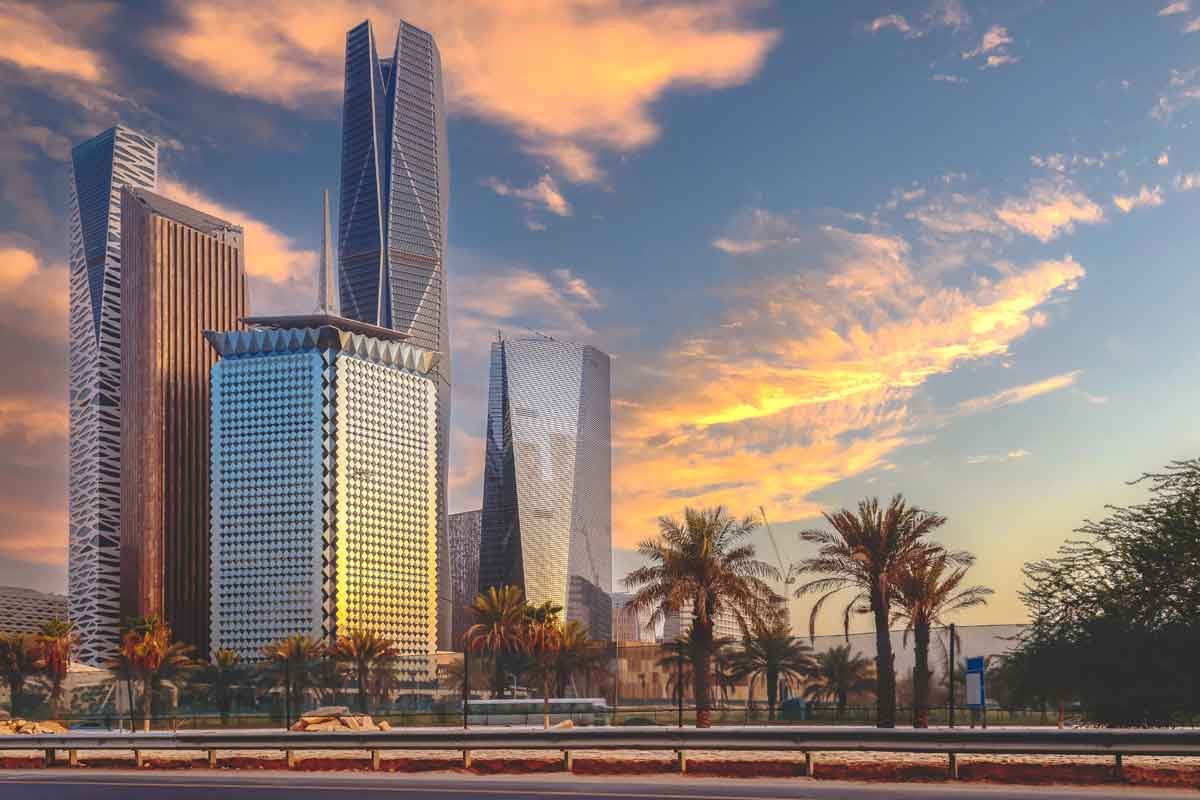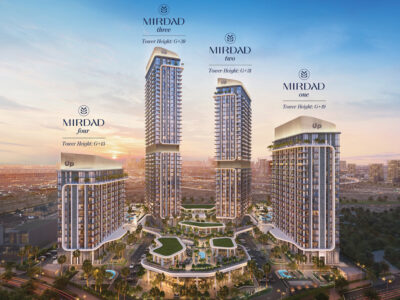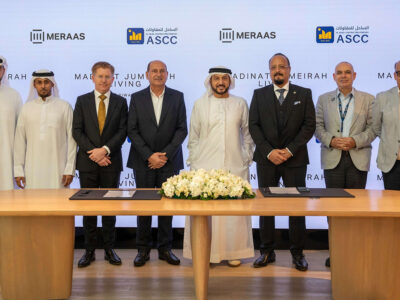Saudi Arabia is leading the world in greener construction, achieving a commendable 24 percent reduction in manufacturing and construction emissions.
The Kingdom also ranked fifth globally and top in the Middle East for CO2 and greenhouse gas emissions during the 10-year period ending 2020, a recent industry research revealed.
The UAE, on the other hand, saw an increase of over 18 percent for both CO2 and greenhouse gas emissions from the manufacturing and construction sector during 2010-2020, ranking seventh for having the highest increase in emissions globally, the report by the UAE-headquartered construction services company Stonehaven, said.
Japan, Kazakhstan and the USA ranked ahead of Saudi Arabia for CO2 and greenhouse emissions, while India, Russia and Vietnam were the top three for manufacturing and construction emissions globally during the last decade.
Both the UAE and Saudi Arabia, however, scored big for leading the way for green buildings, with both countries making it to the top ten list globally.
Saudi Arabia ranked fifth with 1,190 certified LEED projects, while the UAE occupied the ninth spot globally with 641 projects.
The two are the only Middle Eastern countries in the top 10 countries with the most LEED projects.
UAE, Saudi Arabia making significant strides through numerous LEED-certified projects
The Stonehaven report revealed that the sustainable construction landscape is rapidly evolving in the Middle East region, with the UAE and Saudi Arabia making significant strides through implementing numerous LEED-certified projects.
“Both the countries have already taken several steps to achieve this goal,” the report said, citing the establishment of the Emirates Green Building Council (Emirates GBC) and the UAE Ministry of Climate Change and Environment’s move to set a target to cut carbon emissions to 31 percent by 2030 for the entire country as commendable initiatives in this direction.
The report defines sustainable construction as pertaining to designing, building, and operating buildings and infrastructures in a sustainable, environmentally responsible way.

“Although the construction industry has a long way to go in reducing its impact on the planet, accounting for 37 percent of global emissions, the report shows positive signs that the region is moving in the right direction,” Gordon Rodger, Managing Director of Stonehaven, told Arabian Business.
“At Stonehaven, our dedication to sustainability extends beyond our operations. We educate our clients on the benefits of sustainable construction methods, including solar solutions, water reduction systems, and eco-friendly materials,” he said.
Rodger cited the awarding of Estidama 3 Pearl rating to Jetex Al Bateen VIP Airport Lounge in the UAE, one of Stonehaven’s recent projects, as an example of its efforts in driving sustainability initiatives.
He also attributed the reason for the high number of LEED projects in Dubai to the establishment of Al Sa’fat, an additional green building rating system that streamlines the process for sustainable construction projects.
The report showed that Dubai, with 348 LEED projects, led the UAE in terms of the highest number of LEED projects, followed by Ras Al Khaimah with 120 projects.
ICD Brookfield Place, University of Dubai, Pacific Controls headquarter building, commercial project One JLT and the Dubai Chamber of Commerce and Industry head office are listed among the leading LEED-certified buildings in Dubai.
King Khalid International Airport expansion, King Abdullah Financial District, Princess Noura Bint Abdulrahman University – billed as the world’s largest university for women – SABIC Jubail Building King Abdullah Petroleum Studies and Research Centre and King Salman Energy Park top the impressive list of 866 LEED projects in the Saudi capital Riyadh.

Future trends
The report said over the next year, several emerging trends are expected to gain prominence in the construction industry, especially in the UAE and Saudi Arabia.
‘Net Positive Buildings’ featuring resilient design and climate adaptation, zero-waste construction and biophilic design, which incorporate nature into the built environment to improve occupant well-being and connection to the natural world, will gain traction going forward, it said.
The report also detailed expert insight on the future of materials to make construction more sustainable as well as trends that are expected to see a boom in as the industry moves towards a greener future
“Sustainable construction materials offer a pathway to reduce environmental impact significantly. Unlike traditional materials, these products often require fewer natural resources to produce and emit fewer greenhouse gases during manufacturing,” Stonehaven said.
“Moreover, they can be recycled or reused, reducing waste.
“These materials can also enhance the resilience and longevity of buildings, reducing maintenance costs and increasing their functionality and lifespan,” it said.
Structural consultants said the use of sustainable construction materials aligns with shifting consumer preferences and regulatory pressures towards greener, more environmentally responsible practices.





